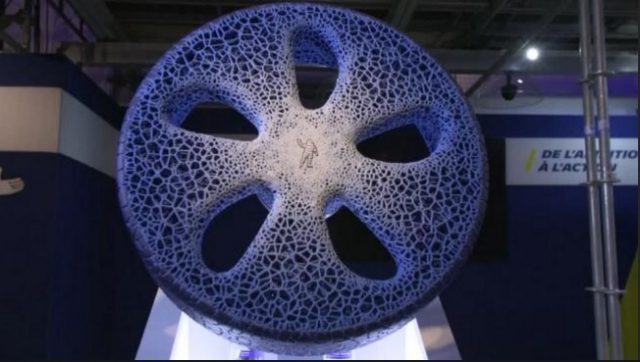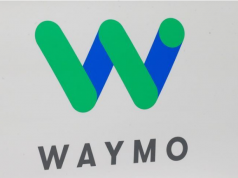Michelin unveils what it says is the tire of the future – a 3D-printed tire-wheel combination that could be altered and customized based on driving needs. Reuters Bob Mezan reports.
The problems that come with today’s rubber, air-filled tires, like tread wear and flats, could one day be ancient history.
Michelin has unveiled what it says is the tire of the future – a 3D-printed tire-wheel combination that could be altered and customized based on driving needs. Called the Vision, the alien-looking concept would be a ‘smart tire,’ capable of giving drivers detailed information about its condition.
Because it’s airless, current inflation monitoring systems would be obsolete, as would blowouts, explosions, or flats – says Michelin’s Executive Vice President of Research and Development, Terry Gettys.
“This airless structure would allow us to replace tire and wheel combinations of today. We’ve profited from our research on airless tires to understand how to distribute the load carrying capability so that you have enough rigidity to carry the load, enough to steer the vehicle, and maintain stability, and yet not too much rigidity in order to maintain comfort,” Terry Gettys, Michelin’s executive vice president of Research and Development, saying.
What makes the Vision particularly unique is its ability to be altered. Michelin foresees customers being able to customize their tires for different journeys – for instance getting a printed winter tire before heading into snow.
“You would drive your car up to a service center and there would be four 3D imprinting modules that come and they clean your tire to prepare it and they depose new material in the form of the new design onto the same structure that you already had on the vehicle, but customized for your actual journey,” Gettys, saying.
Michelin has already introduced air-less tires for some markets. Its ‘tweel’ is used by commercial lawn mowers and some construction vehicles. But taking the Vision to market will take time – the company estimates it won’t be available for 15 to 20 years.










